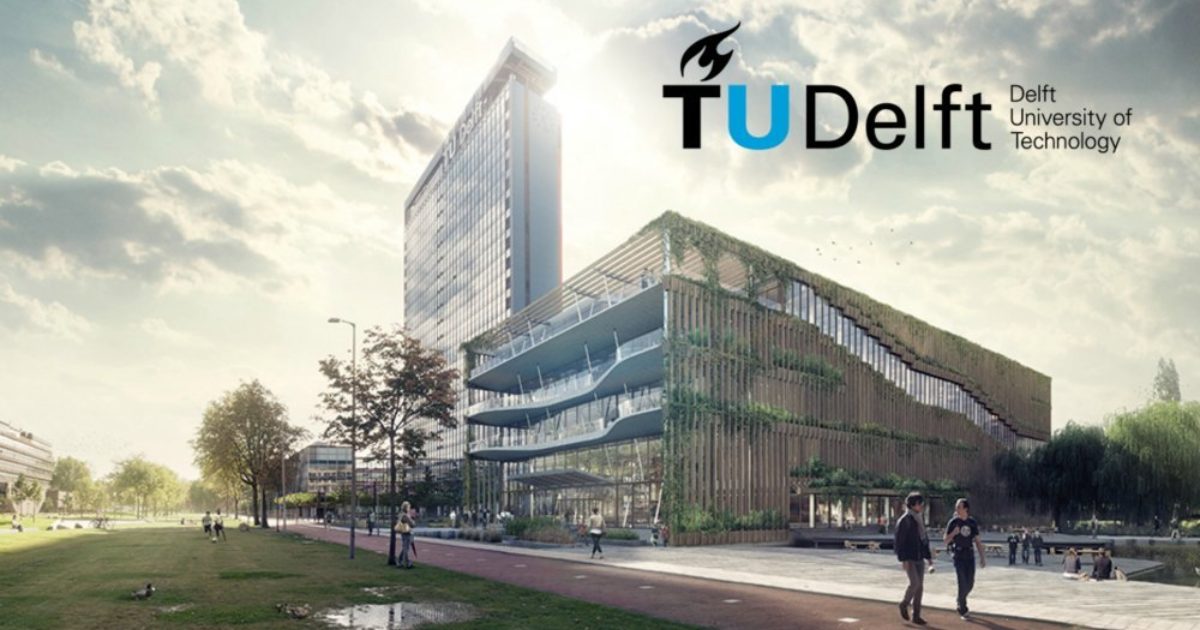Research from TU Delft exhibited in the Rijksmuseum
A smart alternative to the traditional sandbag and an experiment with clay to learn more about strengthening dikes. These are two examples of TU Delft research that is currently being exhibited as art at the Rijksmuseum. The photos are part of the exhibition called DUURZAAM / SUSTAIN / TENE by the artist Sharelly Emanuelson, and follow from visits to TU Delft in which she sought answers to the question: How are people involved in sustainability in their daily lives?
Earlier this year, the photographer Sharelly Emanuelson visited various sites on the TU Delft Campus, one of which was Flood Proof Holland: a living lab aimed at developing smart alternatives to the traditional sandbag, and where, for example, floods are also simulated for the purpose of testing and improving water defences. Sharelly’s visit was the start of a veritable cross-pollination between art and science. ‘When I started working at TU Delft, I could not have imaged ending up in the Rijksmuseum. Or have imagined that my work would be on view in the Rijksmuseum,’ water innovation expert Lindsey Schwidder says. ‘Yet, at the same time, it’s not that strange after all. The purpose of our living lab is to appeal to people, to show them concrete things. You can do that on your own Campus, but the Rijksmuseum is a much more exciting venue.’
A plea for climate art
There has always been a strong link between the work of scientists and that of artists. The best-known example of this must be Leonardo da Vinci; he studied science from the point of view of an artist and built his paintings on what he knew about science.
To Lindsey it is entirely understandable that the artist Emanuelson approached TU Delft: ‘Of late I have become increasingly aware of how important it is that we stress the fact that art and science are not diametrically opposed. In fact: there are so many similarities between them. Museums, for example, do not only illustrate the links between past, present and future well, they also promote and ignite imagination. For scientists, imagination – the stimulation of the creative and the associative – is often the fuel that drives them to new insights or to making connections. Besides this, I believe that turning science into art – irrespective of where we do this – really can help us take further steps in the right direction. And this counts for society at large. We will talk about these things, and talk will – we hope – in turn lead to positive action. In short: see Sharelly Emanuelson’s beautiful exhibition as encouragement more than anything else, a plea for climate art.’
This exhibition serves as input in a dialogue about the essential sustainability questions we as people need to contemplate: We are we going to cling to? And what are we going to let go of?
Sharelly Emanuelson
CO2 conversion
In Sharelly’s exhibition, the works are grouped around various themes, each of these having human activity is the focal point. The photos show us different ways in which people deal with matters such as water management, erosion and processing waste. They can have minor or major, temporary or permanent consequences. With this in mind, Emanuelson photographed numerous initiatives in the Netherlands and the six Netherlands Caribbean islands: Aruba, Bonaire, Curaçao, Saba, Sint Eustatius and Sint Maarten.
One of the photos that just didn’t make it to the exhibition was taken in TU Delft energy accelerator Ruud Kortlever’s laboratory. Under the e-Refinery institute umbrella, Ruud and his colleagues are working on technology for electrochemically converting sustainable electricity, water and air into fuels and base chemicals. Daniël van den Berg – one of Ruud’s PhD candidates – explained what the photo shows us: ‘CO2 is released when we burn petrol, coal or gas, for example, and this accumulates in the atmosphere. This results in a kind of blanket that causes everything underneath it to become steadily warmer. In order to be able to limit climate change (which is the result of this process) at all, we need to reduce greenhouse gases in the atmosphere. This can be done by all of us reducing emissions, but CO2 can also be removed from nature actively. The CO2 we capture from the air can then be used to make new fuels, or raw materials for industry. In effect, you recycle the CO2. This process – raw materials transition – is what we are trying to come to grips with at e-Refinery.’

